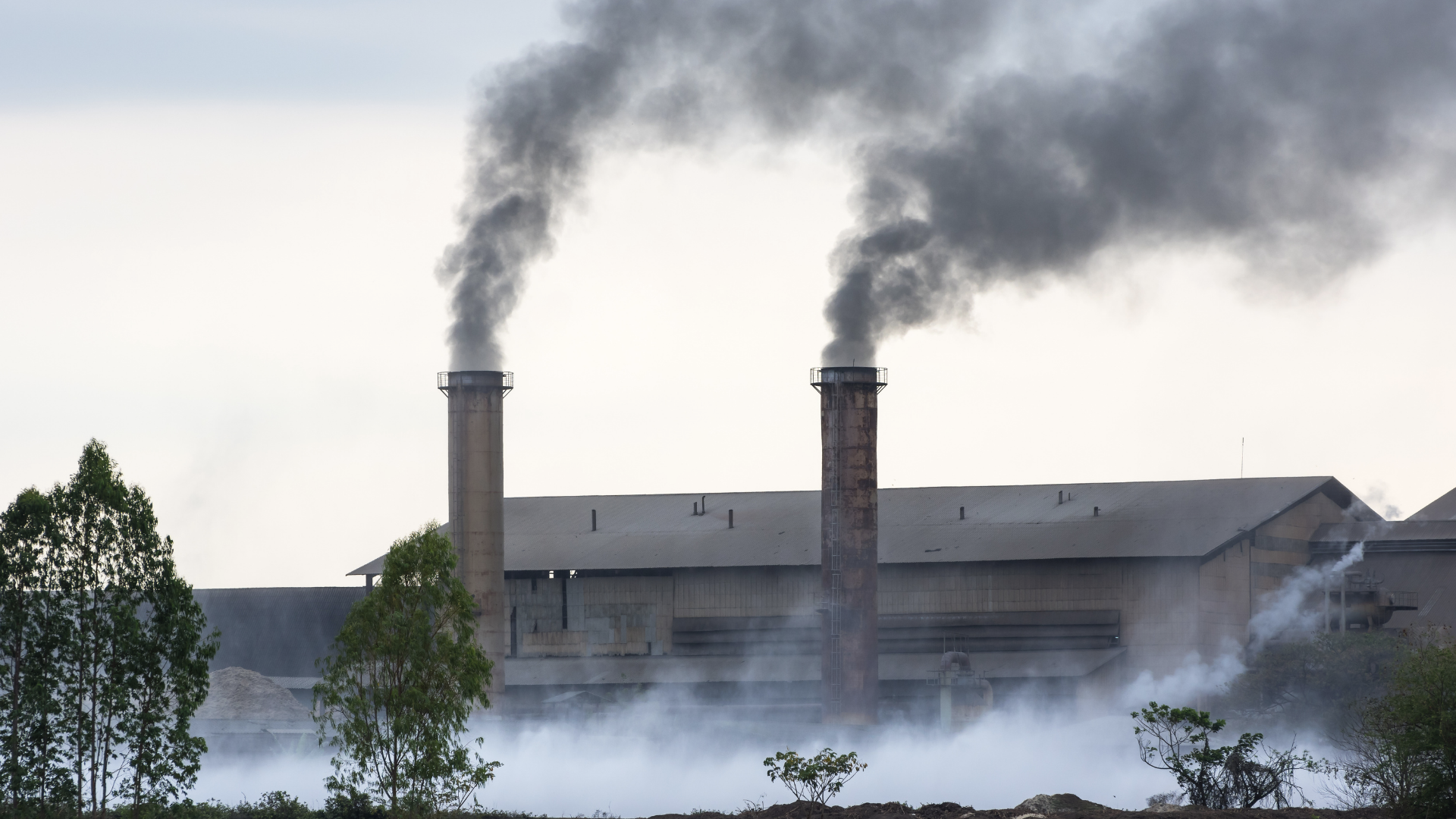Today, industries are producing billions of tons of waste every year. Read on to uncover how the Internet of Things can bring industrial waste numbers down to zero.
The computer-driven Third Industrial Revolution of the 1950s ushered in life-changing developments across all forms of business. For industries, two significant inventions, the Programmable Logic Controller (PLC) and Robots, kickstarted an era of high-level automation that eventually evolved into today’s Industry 4.0.
Although these advancements are unquestionably remarkable, they have had one major downside. The advent of mass-production technologies has contributed to a dramatic increase in waste production. According to studies, industries are producing
a whopping 7.6 billion tons of industrial solid waste annually.
Fortunately, the world has never been more capable of dealing with these enormous waste volumes than today. Innovations like the Internet of Things are currently transforming the waste management ecosystem.
In our latest string of articles, we looked at how the Internet of Things can help
combat pollution in the oceans and
clean up city streets. Continuing in the same conservation spirit, let’s unravel the potential of IoT solutions in dealing with industrial waste.
What is Industrial Waste?
Industrial waste is a broad term that describes all material discarded after an industrial process. Numerous industrial manufacturers produce waste, including mining operations, textile mills, food processing companies, chemical manufacturers, and power generators.
Industrial waste can be detrimental or non-detrimental to human health. However, both options can cause significant environmental damage if not properly managed. Below are the three primary types of industrial waste.
- Solid Waste - Solid waste is the most common type of industrial refuse. It encompasses non-hazardous, non-household waste, which requires special evaluations to determine proper disposal methods. Virtually all companies that utilize manufacturing processes produce industrial solid waste.
- Chemical Waste - Chemical waste comprises toxic liquid byproducts of industrial processes. These chemicals flow into waterways, contaminating rivers, lakes, and oceans. They also sip into the soil, polluting groundwater and inhibiting plant growth.
- Secondary Waste - Industrial secondary waste generalizes items like scraps and residues, disposed of because they are either worn out or excessive. While mostly non-hazardous, secondary waste is primarily to blame for the landfill menace in today’s city outskirts.
How Can IoT Be Utilized To Handle Industrial Waste?
The Internet of Things provides numerous devices and tools that businesses, governments, and organizations could utilize to combat industrial pollution. The following are some exciting ways IoT can be leveraged against industrial waste.
1. On-Site Waste Tracking
For starters, connected video cameras could be deployed in key waste sources and dumpsites to monitor parameters like waste inflow, vermin infestation, and staff safety for proactive decision-making. They can also be used to keep a closer eye on the condition of waste management equipment and deliver data to inform predictive maintenance schedules.
2. Condition Monitoring
Additionally, IoT sensors like temperature, moisture, pressure, pH, and oxygen content can be used to monitor conditions in waste collection and storage channels. For example, installing moisture and temperature sensors in organic waste collection dumpsters can help waste managers monitor the level of decay. pH sensors can also be dipped in water samples collected from waterways near industries to detect the presence of chemicals and improve the accuracy of neutralization processes.
In collection points, weight or pressure sensors in industrial waste storage bins can enable collectors to monitor waste levels remotely and respond just when bins are full. As a result, they can optimize pick-up routes and resource utilization while minimizing collection costs.
3. Industrial Automation
Closer to the source, IoT can unlock a wealth of automation opportunities to reduce waste generation and promote proper waste disposal. Connecting industrial equipment like PLCs, robots, sensors, and actuators to on-site gateways and Cloud platforms can turn human-led processes into autonomous system responses that occur with the utmost preciseness and efficiency.
For instance, in an industrial plant that prints labels, IoT sensors can monitor paper and ink levels so that none runs out before the other, minimizing paper waste and ink spillages. IoT systems can also be used to enhance the monitoring of waste points and sound alarms when a machine begins generating waste. That way, operators can respond before waste accumulates.
4. Data-driven Continuous Improvement
Industries can benefit substantially from data collected by IoT solutions. For instance, machines equipped with waste sensors can inform trends in waste generation and help improve future designs. Sensors along waste-water channels and exhaust pipes can also help detect areas producing the most pollutants. With data, manufacturers can proactively deploy continuous improvement projects and start moving towards zero-waste production.
5. Safe Waste Management
IoT sensors can be deployed in polluted areas to detect the contaminants involved and wirelessly notify workers to take the appropriate precautions. For example, when dealing with radioactive waste, wireless Geiger counters could deliver real-time radiation updates. If contamination exceeds tolerable levels, these sensors can tell human workers to exit and activate wireless robots to replace them.
The Future of IoT in Industrial Waste Management
The IoT products in development today will very likely underpin the state of industrial waste management for years to come. Dumpster fill-level monitoring and geolocation could morph into self-driving garbage trucks. Similarly, water and air quality sensors could pave the way for autonomous waste treatment procedures localized at the source.
Admittedly, zero-waste industries may seem far-fetched, especially factoring in the current situation. Nevertheless, given today’s rapid pace of advances, the influx of IoT waste management solutions in marketplaces like
IoT2Market, and the increasing support from regulators, this eventuality is very much attainable. Experts predict that, soon, waste management will be
the single highest budget item for city administrators. Considering the massive potential of IoT and related technologies in reducing waste, it goes without saying that a considerable chunk of this monetary allocation will go into technological solutions.





